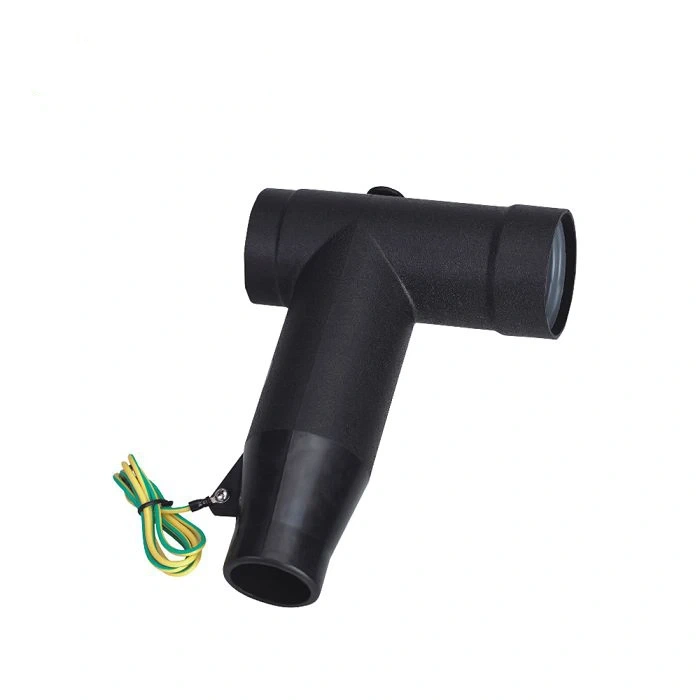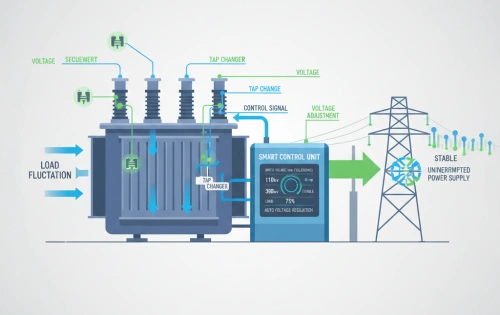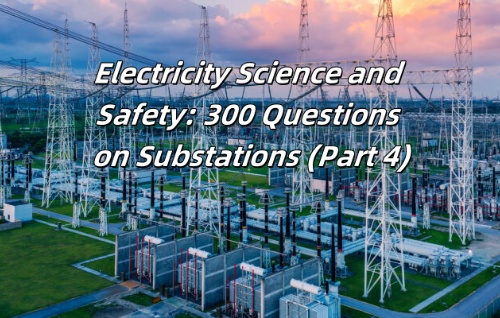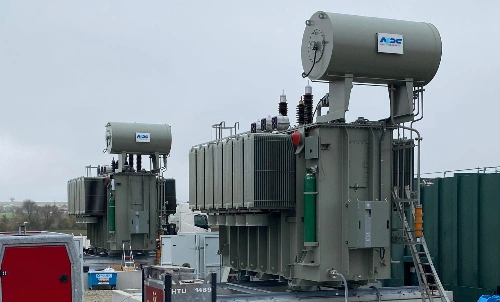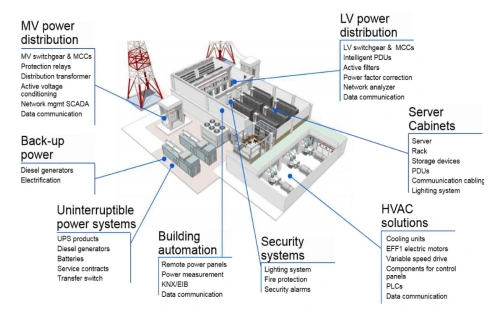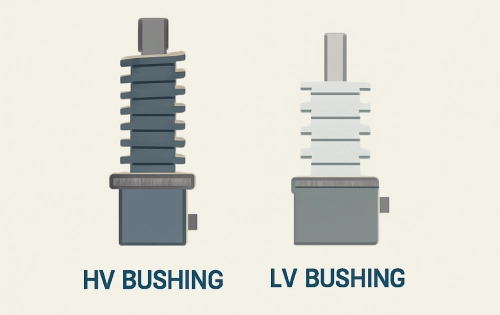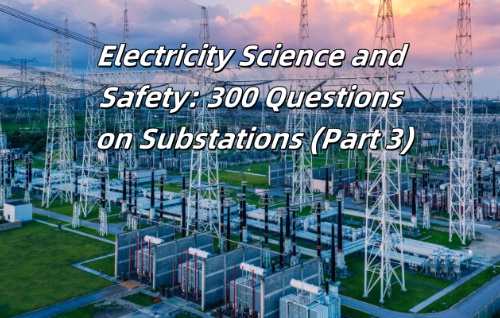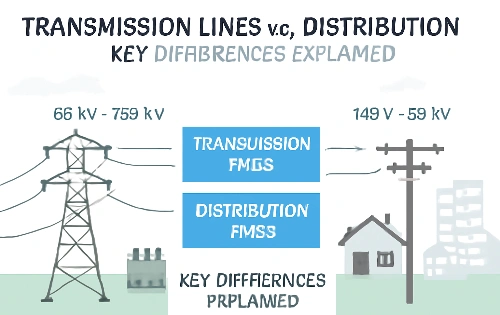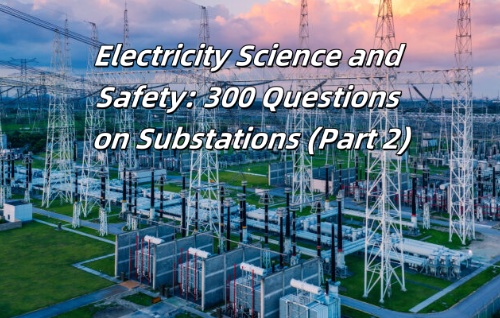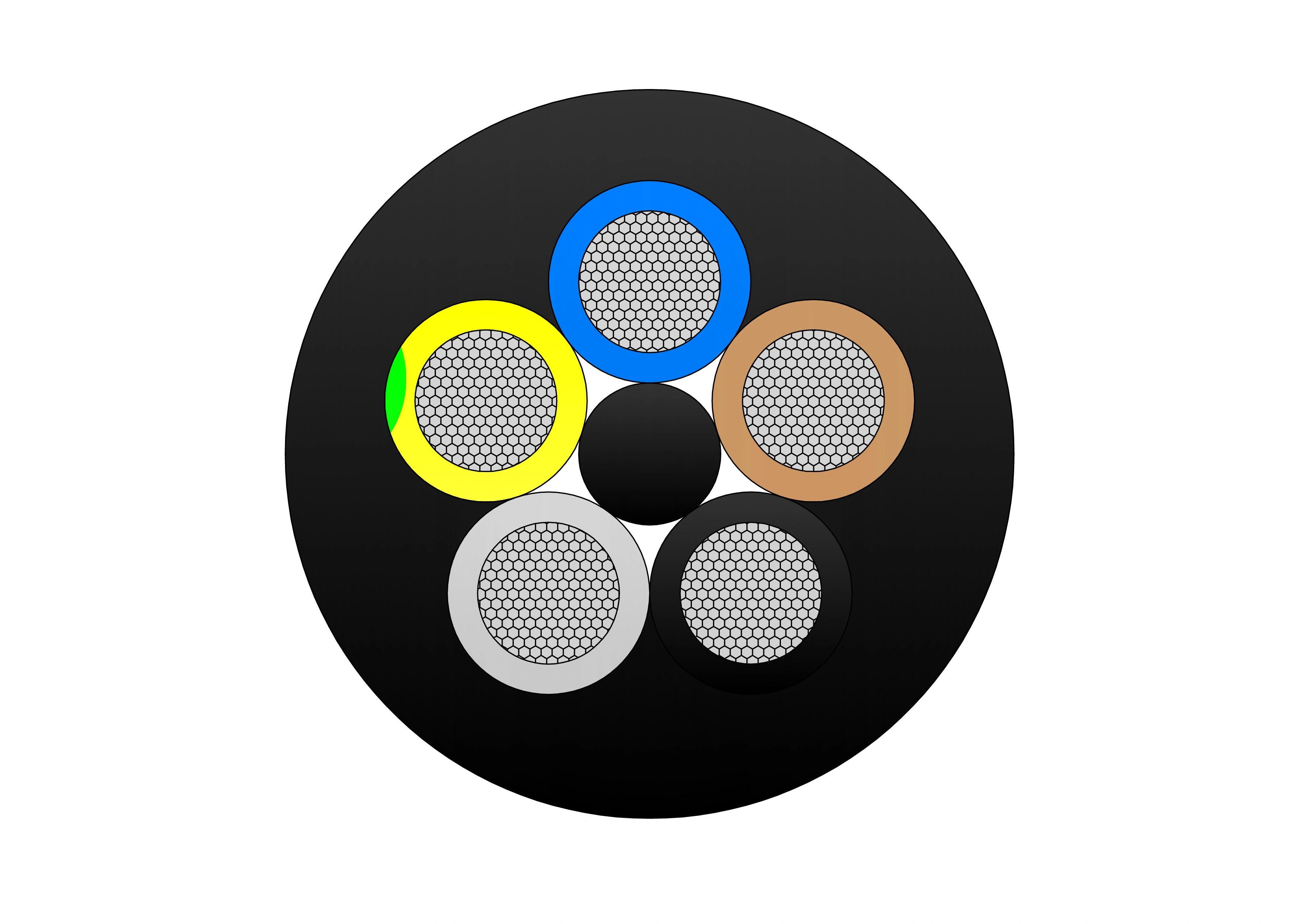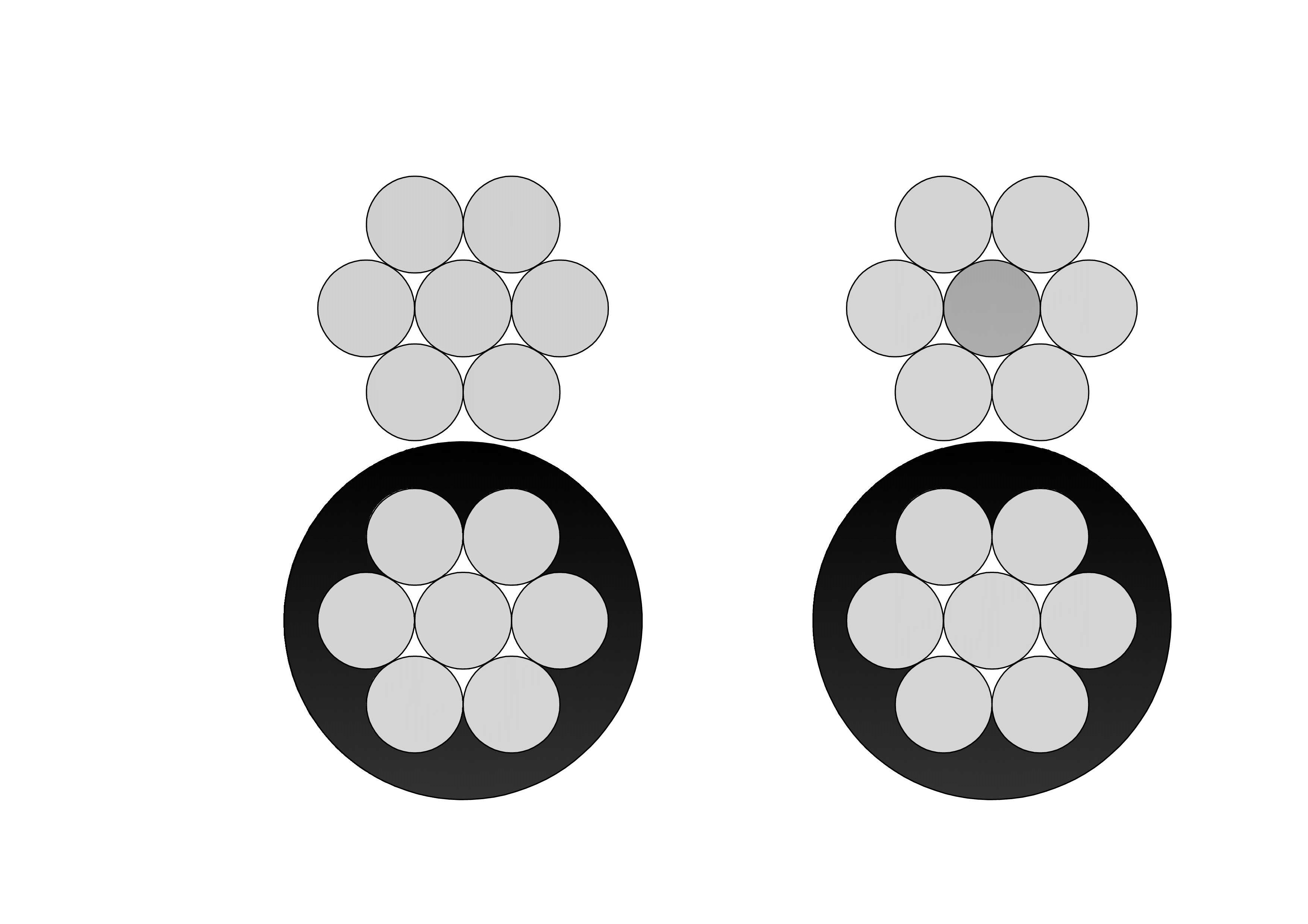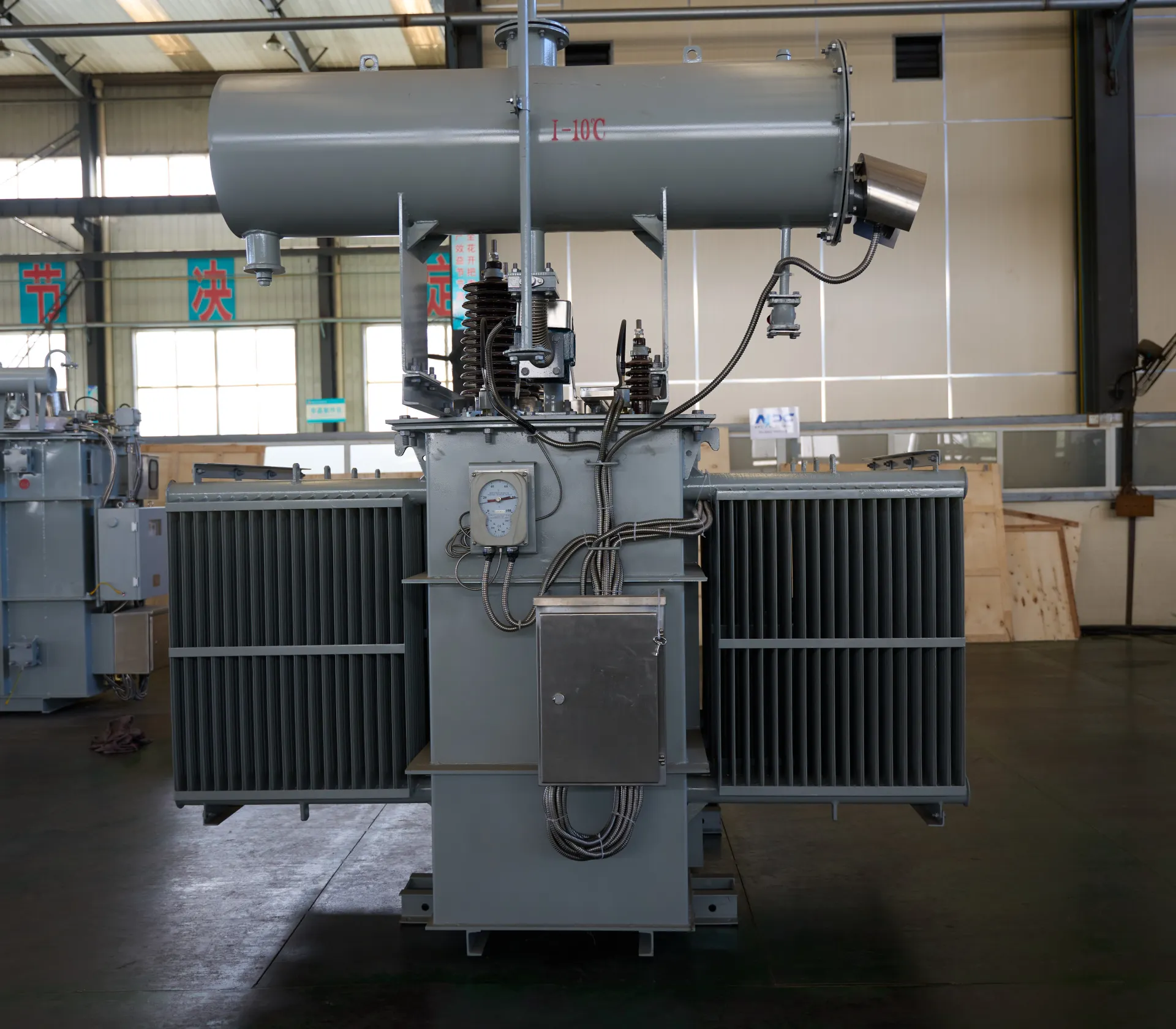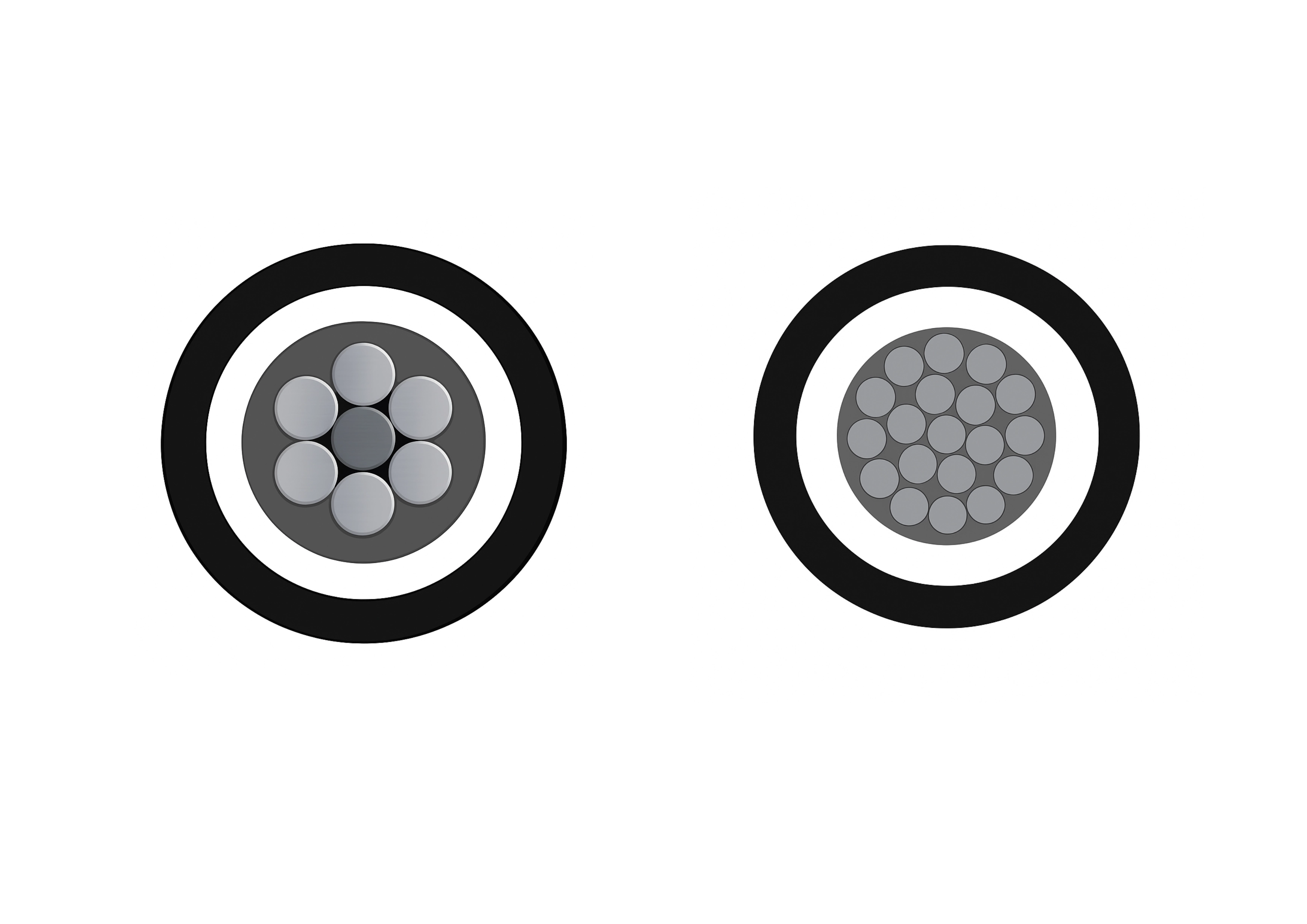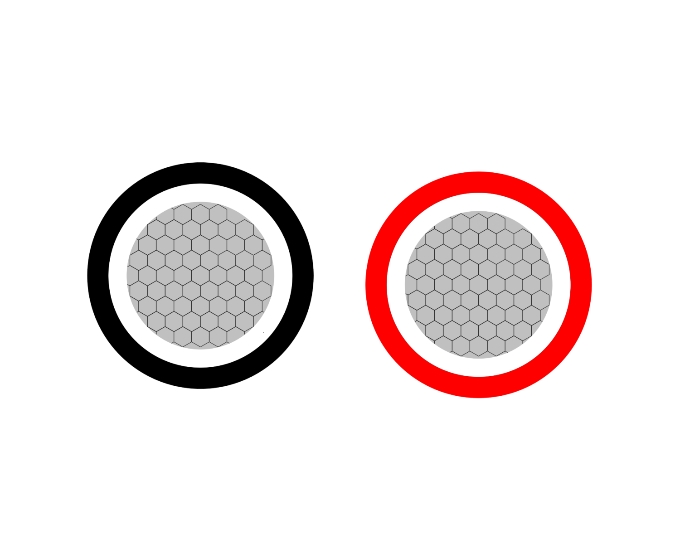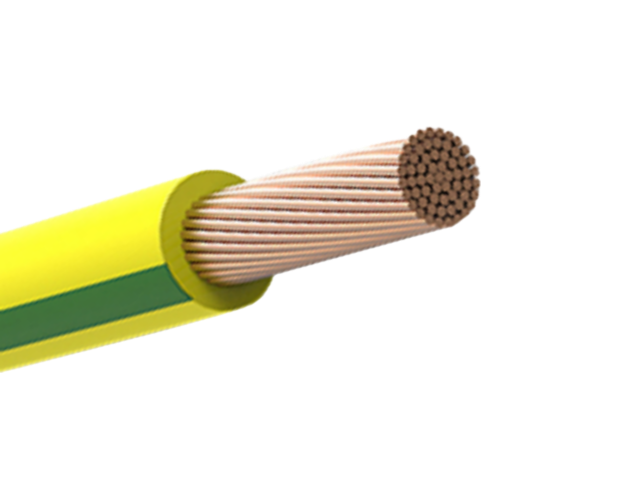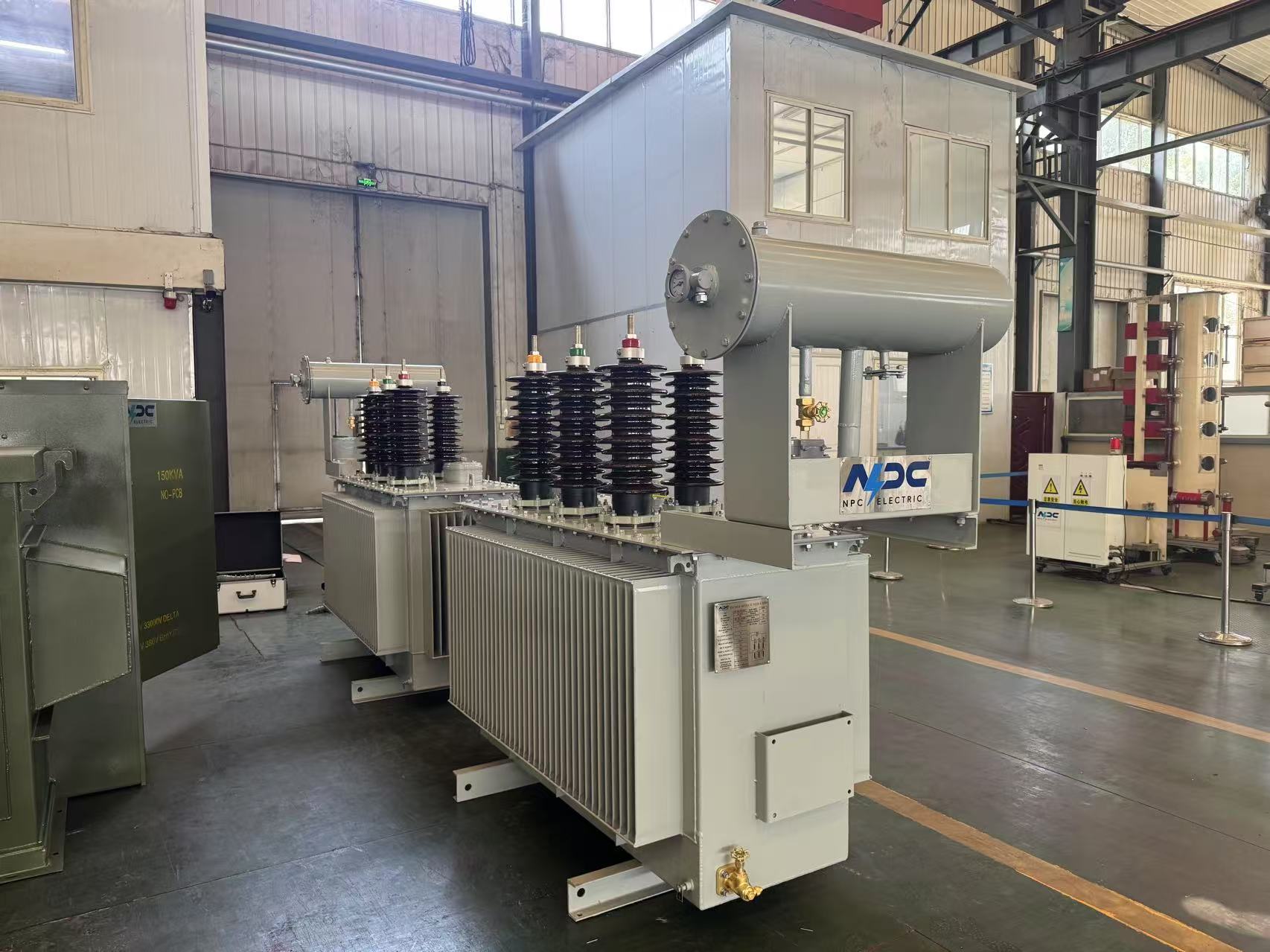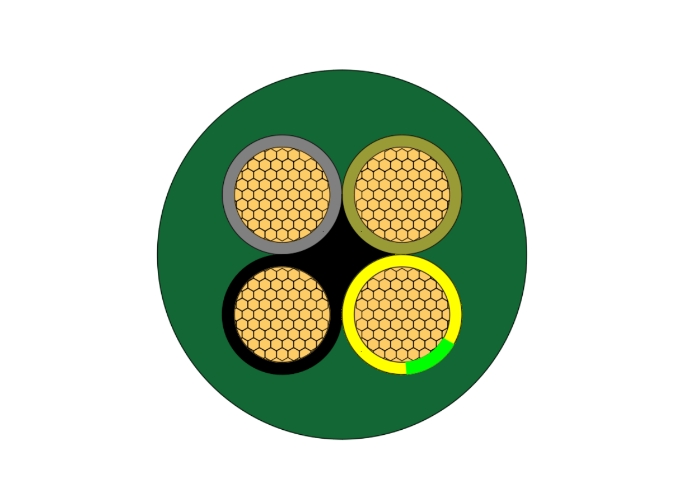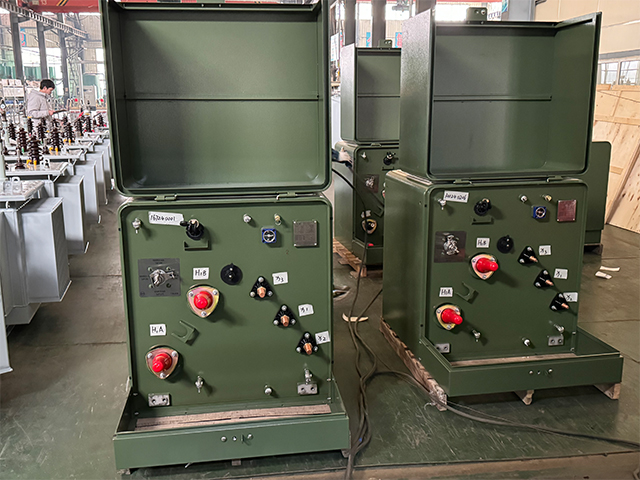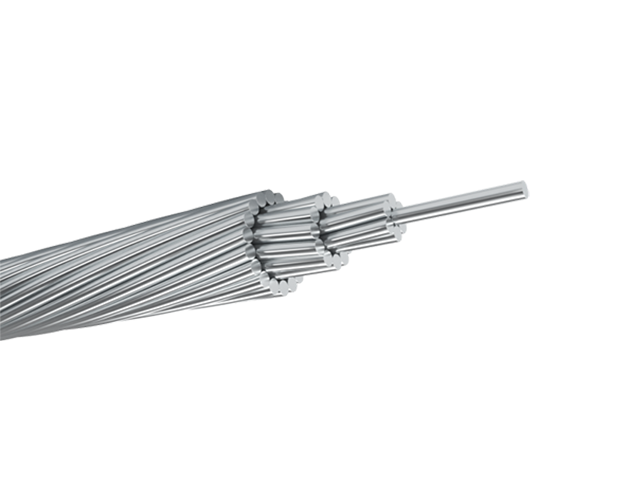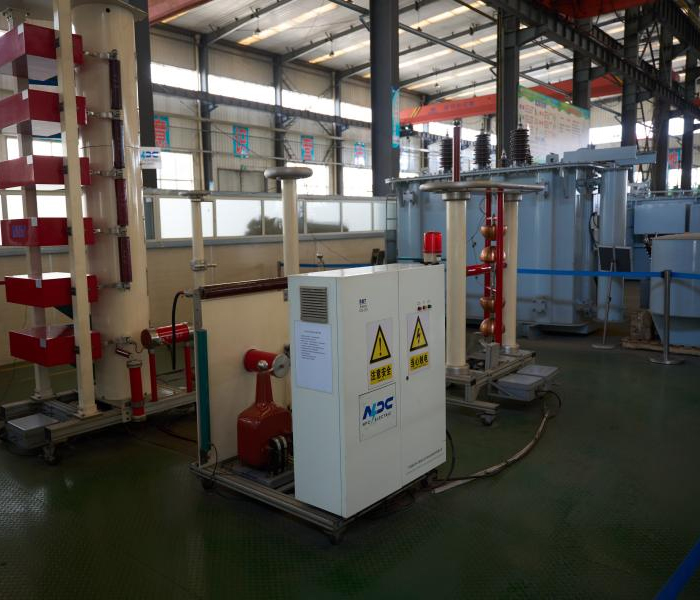The main differences between Dead Break Connector and Load Break Connector
In medium-voltage cable systems, choosing the right connector is critical for both performance and safety. Two common types—Dead Break and Load Break connectors—serve different purposes:
✅ Load Break Connector: Designed for live switching—it allows safe connection and disconnection under load. Ideal for systems requiring frequent maintenance, flexibility, and operational convenience.
❌ Dead Break Connector: Must be de-energized before disconnection. While it doesn't allow live operation, it offers higher current ratings, stronger mechanical strength, and is more suitable for permanent or high-load installations.
1. What Is a Load Break Connector?
A Load Break Connector is designed to allow safe disconnection of energized circuits under load conditions. In simple terms, this connector supports switching while current is flowing, making it ideal for operational flexibility and maintenance without requiring full shutdowns.
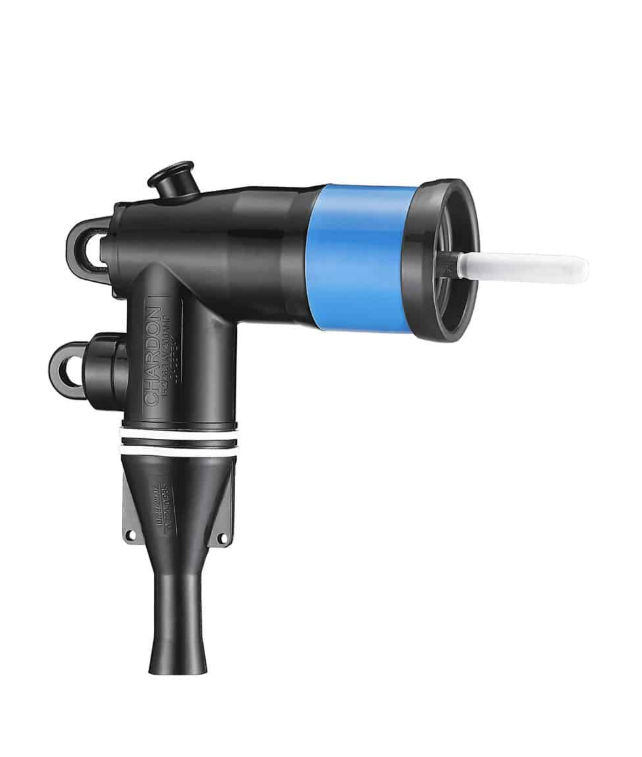
Key Features of Load Break Connectors:
- Switching Capability: Can safely break load current, typically up to 200 A.
- Fully Shielded and Insulated: Ensures safety in live switching conditions.
- Loadbreak Bushing Compatibility: Typically mates with loadbreak bushings on pad-mounted transformers or switchgear.
- Ideal for Distribution Networks: Frequently used in utility grids where line sections are often reconfigured or repaired under load.
Load Break Connectors are most effective in systems requiring operational switching flexibility, such as overhead-to-underground transitions or sectionalized distribution points.
2. What Is a Dead Break Connector?
In contrast, a Dead Break Connector is intended for use in de-energized conditions. It must not be connected or disconnected while the circuit is live. This connector type is designed to handle higher current loads and voltages than its load-break counterpart but does not support switching under load.
Key Features of Dead Break Connectors:
- No Switching Under Load: Must only be operated when de-energized.
- High Ampacity: Can handle higher currents, typically up to 600 A or more.
- Robust Mechanical Connection: Suited for conductors ranging from smaller to large industrial-grade sizes.
- Used in Transformer and Switchgear Terminations: Commonly applied where safe operating protocols ensure disconnection under dead (non-live) conditions.
Dead Break Connectors are typically used in junctions equipped with switching devices upstream or where system design ensures de-energized maintenance workflows.
3. Structural Differences: Load Break vs Dead Break
While both connectors fall under fully shielded and insulated systems, their mechanical designs reflect their functional purposes:
|
Feature |
Load Break Connector |
Dead Break Connector |
|
Switching Capability |
Yes (under load) |
No (only when de-energized) |
|
Typical Rating |
Up to 200 A |
Up to 600 A or more |
|
Connection Method |
Threaded coupling, elbow-style |
Bolted or compression-type elbow |
|
Mating Accessories |
Loadbreak bushings, insulating plugs |
Deadbreak bushings, junction enclosures |
|
Application Environment |
Flexible operational networks |
High-load static installations |
The connector system choice is therefore closely tied to both current rating requirements and operational switching needs.
4. Where Are These Connectors Used?
Load Break Connector Applications:
- Pad-mounted transformer installations with frequent switching
- Fault isolation in distribution grids
- Transformer switchgear that requires reconfiguration under load
- Modular grid environments with flexible topologies
Dead Break Connector Applications:
- Permanent connections in substations or heavy industrial loads
- Large underground cable to transformer terminations
- System architectures that ensure maintenance during outages
- Utility-grade switchgear with high current capacity
Understanding where each type of connector performs best is key to optimizing both safety and efficiency in medium voltage networks.
5. Safety Considerations
Both connector types are designed to meet high safety standards, but improper usage—especially of a Dead Break Connector in live conditions—can result in severe hazards. Always use insulating plugs, follow safety protocols, and confirm circuit status before engaging or disengaging any connector system.
6. Training Options and Best Practices
Proper installation and maintenance require specialized skills. Utilities and EPC contractors are encouraged to invest in training options that cover:
- Safe handling of dead break and load break systems
- Torque and insulation integrity checks
- Interfacing with load-break bushings
- Diagnosing partial discharges in shielded connectors
Training ensures not only correct application but also long-term system integrity and reduced failure rates.
7. Choosing the Right Connector System
Selecting between a Load Break Connector and a Dead Break Connector involves evaluating several factors:
- Is live switching required?
- What is the maximum load current?
- What is the cable configuration and termination environment?
- Is the system designed for static or modular operation?
For instance, if you're managing a medium voltage residential area with changing load patterns, a load break connector may offer greater operational flexibility. Conversely, for a power-intensive industrial site where switching is done upstream, a dead break connector offers durability and current capacity.
Both Dead Break Connectors and Load Break Connectors are essential to modern power distribution systems, particularly in medium voltage underground cable networks. Understanding their differences in operation, structure, and application helps engineers and installers deploy them safely and effectively.
Whether you're integrating new junctions equipped with advanced switchgear or upgrading existing transformer terminations, choosing the right connector ensures reliable and secure system performance.

